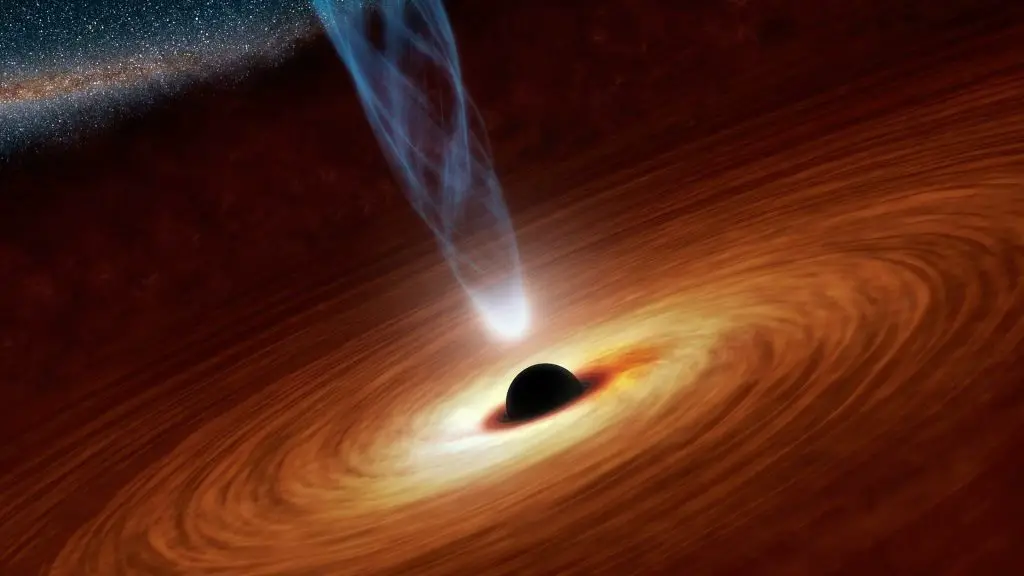On Wednesday, (Oct. 25), two Russian Cosmonauts conducted a spacewalk outside the International Space Station to get an up-close view of a coolant leakage that was first spotted flowing from an external radiator earlier this month. While conducting the spacewalk, Cosmonaut Oleg Kononenko moved extremely close to the growing “droplet” or “blob” as scientists described the pooling ammonia. Kononenko was conducting the spacewalk with his fellow Expedition 70 colleague, Cosmonaut Nikolai Chub.
How the Russian Cosmonauts Conducted the Spacewalk

Russian Cosmonauts Oleg Kononenko and Oleg Kononenko started the spacewalk at 1:49 p.m. EDT (1749 GMT) on Wednesday (Oct. 25). The team was assigned to several tasks including the isolation and photo documentation of the radiator, which was first observed to be leaking coolant on Oct. 9.
This radiator served as a backup to the main body radiator that controls the temperature inside Nauka multipurpose laboratory module. During the EVA, Kononenko and Chub configured numerous valves to disconnect the external radiator from its ammonia supply.
Upon completing the task, Kononenko noticed the increasing deposit of liquid coolant. Hence, he noted that he saw a myriad of tiny holes on the surface of the radiator’s panels.
“The holes have very even edges like they’ve been drilled through,” Kononenko reported to the flight controllers working in Moscow Mission Control. “There are lots of them. They are spread in a chaotic manner.”
Scientists believed that the “blob” formed from the residual ammonia that moved around when the work was executed close to the values. Since the cosmonauts knew that they might come in contact with the coolant in advance, they were ready to counter the challenge.
Hence, they conducted the spacewalk with tissues and clothes to wipe off their spacesuits and tools to prevent returning to the space station with toxic material. Russian engineers on Earth reveal that they will use the data obtained by the cosmonauts to further determine the cause of the leakage and the necessary procedures to take in revisiting the radiator again in the future.
Other tasks performed by the Russian cosmonauts

Aside from the radiator inspection, Cosmonauts Kononenko and Chub also worked to install a synthetic radar communications system and released a nanosatellite to test solar sail technology. The radar will help to supervise Earth’s environment. It was the first science payload to be installed outside the Nauka.
The Russian cosmonauts only partially deployed the radar’s panels during the recent EVA. However, they failed while attempting to fully deploy these panels. A team at the Bauman Moscow State Technical University developed the cube-shaped smallsat. The smallsat was to test a unique means for deploying an experimental solar sail.
The nanosatellite came out from its housing with a little coaxing and gradually tumbled away from the International Space Station. However, its solar wings did not extend as planned. The spacewalk lasted for about 7 hours, and 41 minutes as the cosmonauts returned and closed the hatch to the Poisk module airlock at 9:30 p.m. EDT (0130 GMT on Oct. 26).
The most recent EVA was classified as the 268th to support the space station assembly, upgrades, and maintenance. However, it was the Chub’s first spacewalk and the sixth by Kononenko. Cosmonaut Kononenko has currently logged a total of 41 hours and 43 minutes working in Orlan spacesuits in space.
Conclusion
Two Russian cosmonauts discovered a growing “droplet” while inspecting a coolant leakage. The coolant was first spotted flowing from an external radiator earlier this month. Russian engineers on Earth reveal that they will use the data obtained by the cosmonauts to further determine the cause of the leakage and the necessary procedures to take in revisiting the radiator again in the future. Check out these space station toys for your loved ones. Note that when these Amazon links are affiliate links and when you make a purchase, we may make a commission.




